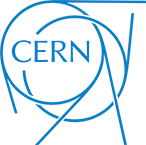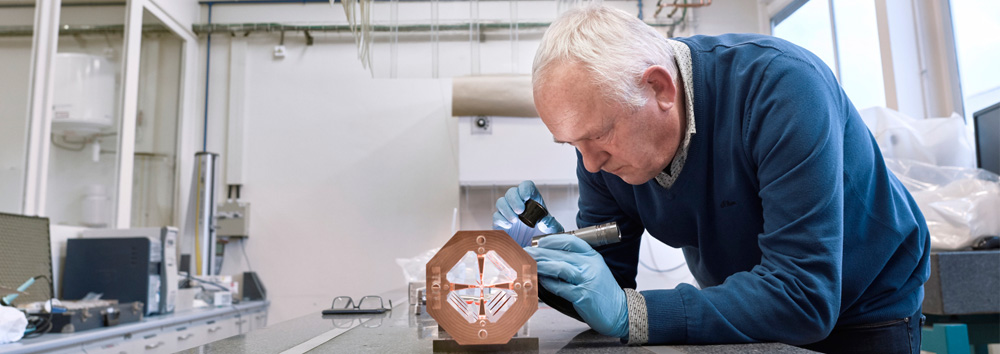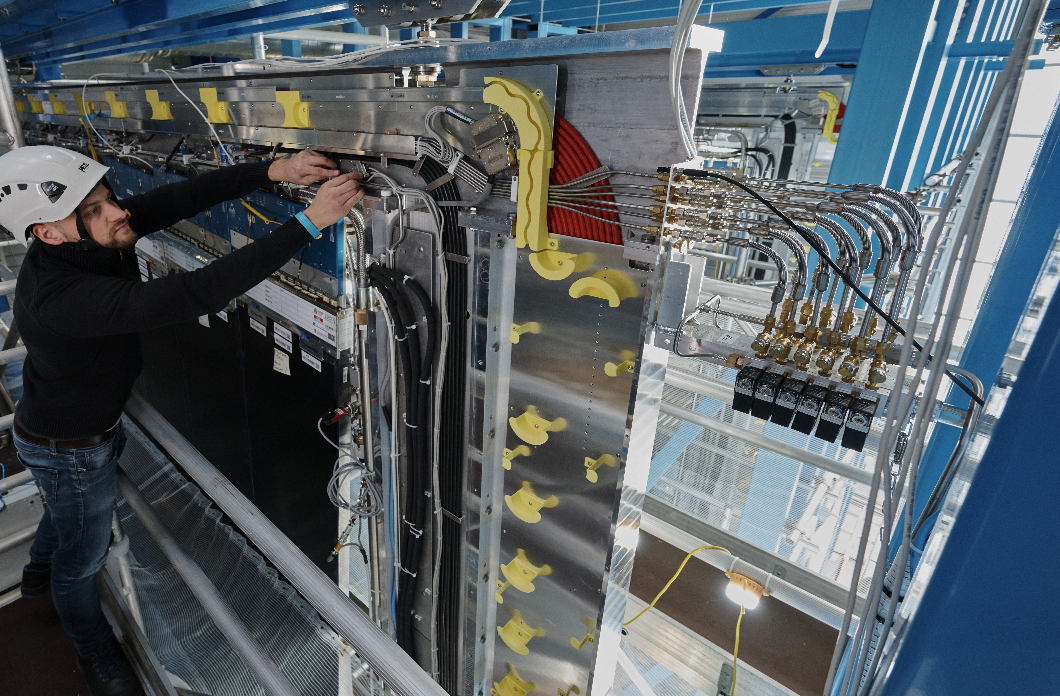Particle accelerators find several uses outside fundamental physics research. Following the first “miniature” accelerator developed for a compact injector for proton therapy, CERN has been building a new transportable high-frequency accelerator for use in the examination of art masterpieces.
The accelerator relies on the proton-induced X-ray emission (PIXE) technique, and CERN has been working on building a radio-frequency quadrupole (RFQ) for this purpose since mid-2017. Innovative beam dynamics have been developed to make the PIXE-RFQ more compact and consume less power. The result is a short proton accelerator measuring one metre in length that can provide a beam of 2 MeV with a power consumption of less than 6 kVA.
The study of cultural heritage requires in-situ, non-destructive analysis. A transportable accelerator using PIXE offers a unique way to overcome the limitations of the mobile X-ray fluorescence method generally used. PIXE also has better sensitivity, provides layer information by using different proton energies and can exploit other reactions (gamma emission, backscattering particles) for more efficient analysis.

About CERN
Founded in 1954, CERN is the European laboratory for particle physics. Sitting astride the Franco-Swiss border near Geneva, it was one of Europe’s first joint ventures and now has 22 member states. CERN operates a unique range of particle accelerators that enable research into the fundamental particles and laws of the Universe, including the Large Hadron Collider (LHC), the largest scientific instrument on Earth. The 60-year history of CERN is marked with impressive achievements in the construction and operation of powerful linear and circular accelerators. Moreover, CERN offers unique infrastructures for the development of the most sensitive particle detectors in the world, including the four main LHC detectors – ATLAS, CMS, ALICE and LHCb. General-purpose test beam lines provide beams of electrons, muons and hadrons in a very wide energy range for testing the detectors used in the LHC and in its major upgrade, the High-Luminosity LHC, as well as in future colliders and in neutrino experiments.
© CERN Particle accelerators find several uses outside fundamental physics research. Following the first “miniature” accelerator developed for a compact injector for proton therapy, CERN has been building a new transportable high-frequency accelerator for use in the examination of art masterpieces. The accelerator relies on the proton-induced X-ray emission (PIXE) technique, and CERN has been working on […]



